Latest Posts
Samsung’s NAND chip project faces the biggest crisis in its history.
NAND Chip Prices Plunge
In October 2024, in the memory semiconductor market, DRAM prices remained stable, while NAND flash memory prices experienced a significant drop close to 30%.
Analysts believe that the decline, primarily in commodity products, is due to weak demand in the PC and mobile sectors.
Data shows that the average fixed transaction price for storage cards and USB commodity NAND flash memory products in October was $3.07, a decrease of 29.18% month-on-month.
NAND flash memory prices had been on an upward trend for five consecutive months since last October, followed by six months of stability, before turning downward in September.
The sluggish demand for TLC NAND Flash chips has led to price drops for SLC and MLC NAND, with the expected decline narrowing in November after significant price drops in September and October.
The average fixed transaction price for PC DRAM commodity products in October was $1.7, unchanged from the previous month.
DRAM prices have been on an upward trend since October of last year, with stability in May to July, a turn downward in August, and a sharp drop of 17.07% in September. Since then, prices in October have remained stable with no changes.
Due to reduced purchasing volumes by buyers and the confirmation of fourth-quarter contract prices, PC DRAM has shown a stable trend.
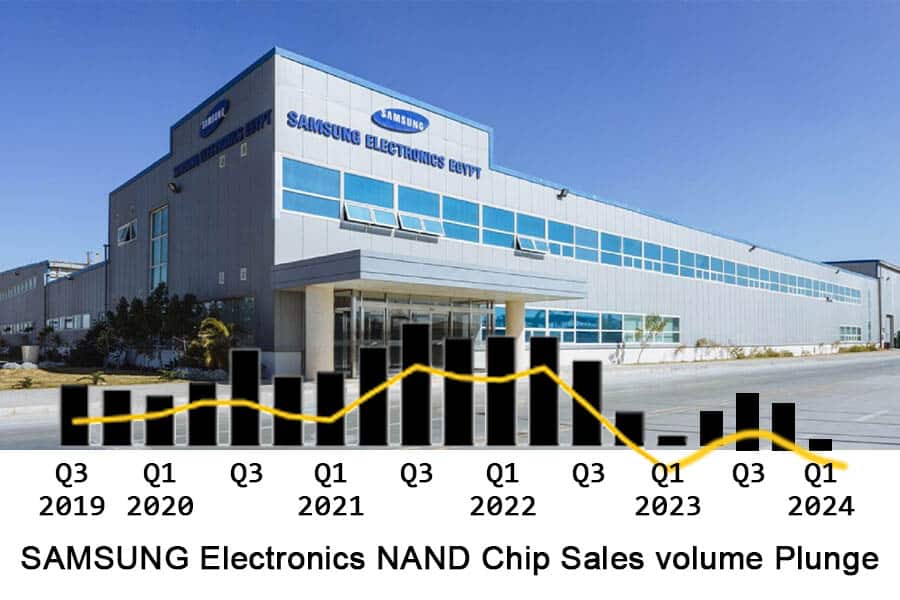
Retail Investors Trapped by Samsung Electronics
In October, the Korea Exchange reported significant differences in the behavior of retail and foreign investors in the South Korean stock market for the entire month of October.
Retail investors favored Samsung Electronics, purchasing stocks worth 4.2 trillion won (approximately $3.09 billion), while foreign capital showed a strong preference for SK Hynix, purchasing 745 billion won.
On October 2nd, Samsung Electronics’ stock price was 61,300 Korean won, and SK Hynix’s stock price was 169,100 Korean won.
However, by October 28th, Samsung Electronics’ stock price plummeted over 9% to a low of 55,700 Korean won during the trading day, while SK Hynix’s stock price soared, increasing by 15.9% to 196,000 Korean won.
The stark contrast in stock performance reflects different investor sentiments and market dynamics.
From the beginning of the year to today, Samsung Electronics’ stock price has fallen by about 26%, while SK Hynix’s stock price has risen by 30%.
In the first six trading days of October, retail buying was concentrated on Samsung Electronics, with a net purchase amount of 2.15 trillion won. This trend continued throughout the month, with the purchase amount reaching 4.27 trillion won by October 31st.
On the other hand, due to SK Hynix’s outstanding performance, foreign capital has shown a preference for the company.
The rise in SK Hynix’s stock price is attributed to strong third-quarter earnings and a positive future outlook.
Researchers point out that SK Hynix raised its profits for 2024 and 2025 by 2.2% and 4.5%, respectively, in the third quarter, while most other companies, including Samsung Electronics, saw no changes.
Samsung Electronics announced an operating profit of 3.86 trillion won for its semiconductor division in the third quarter, which was below the expected 4 trillion won.
Poor performance led to foreign capital continuously selling off Samsung Electronics’ stocks throughout October.
In contrast, SK Hynix’s strong performance and dominance in the HBM market have bolstered investor confidence.
It is predicted that SK Hynix will continue to solidify its dominant position in the HBM market during periods of slowing demand.
Samsung Electronics’ Storage Profit Margin at Approximately 22%
Comparing the third-quarter performance of Samsung Electronics and SK Hynix, it is evident that there is a significant gap in profit margins for memory business between the two companies.
SK Hynix’s operating profit is around 40%, while Samsung Electronics, although not disclosed, is estimated to be around 22%.
This means that SK Hynix’s leading position is very solid, and its management efficiency is much higher.
The competition between the two around HBM will become increasingly fierce.
Institutions estimate that Samsung Electronics’ storage division’s third-quarter profit was 5.3 trillion won, with a profit margin of around 22%, a decrease of 7% from the second quarter’s 29%.
Samsung Electronics was unable to supply NVIDIA and saw a significant decline in profitability as shipments in the Chinese market continued to increase.
SK Hynix benefited from the high demand for HBM, with third-quarter profits of 7 trillion won and a profit margin of 40%.
In the past, it was common for Samsung to have a profit margin of over 40%, while SK Hynix’s profit margin was around 20%; now, the opposite has occurred.
Samsung Electronics’ overall profit for the DS division in the third quarter was 3.86 trillion won, with a profit margin of 13%.
It is estimated that the profit for other divisions is approximately 5.3 trillion won, with non-storage losses of 1.5 trillion won.
Clearly, Samsung Electronics’ non-storage divisions are suffering significant losses, and the outlook is not optimistic.
Samsung plans to invest a cumulative total of 47.9 trillion won in its semiconductor business by the end of this year.
The storage division will focus on facility investments, shifting towards high-value-added products such as HBM and DDR5, as HBM prices are at least four times that of commodity DRAM products, enabling higher profits.
SK Hynix will have a cumulative investment of 10 trillion won by the end of this year and is expected to have 10 trillion won in equipment investment next year.
Next year’s investment direction will be to transform products, reduce the output of commodity products, and increase sales of DDR5 and LPDDR5.
Equipment investment will increase, but slightly decrease compared to this year.
Samsung Electronics Aggressively Chasing SK Hynix
In order to catch up with SK Hynix in HBM, Samsung Electronics is taking aggressive actions in hopes of regaining the industry’s top position.
It is expected that personnel and organizational adjustments will be implemented as early as this month, leading to significant changes within the company.
Samsung Electronics is focusing on high-profit storage products like HBM and has announced a competitive strategy for its current contract manufacturing.
As an integrated semiconductor company specializing in design, storage, and wafer foundry, there were previous concerns about technology leaks and customer competition, making it difficult to gain the trust of more customers.
Now, Samsung is preparing to abandon its previously held strategy by offering to cooperate with other wafer foundry companies to attract customers to use their HBM, thereby quickly improving storage performance.
On November 1st, at the 55th-anniversary ceremony of Samsung Electronics, the storage division leader stated that without change, there can be no innovation or growth.
The upcoming significant organizational adjustments and personnel changes are highly anticipated.
NAND flash memory chips Market and investment analysis
The plummeting prices of NAND flash memory chips are a complex phenomenon influenced by multiple factors. Here are some potential reasons and impacts:
1. Low Demand**: As you mentioned, low demand in the PC and mobile sectors is one of the main reasons for the decline in NAND flash memory prices. When there is a reduction in new product releases in these areas or a decrease in consumer purchasing power, the demand for storage chips also decreases.
2. Oversupply**: If the supply of NAND chips exceeds the demand in the market, it can lead to a price drop. This could be due to overestimation of market demand in the past or technological advancements that increase production efficiency, thus increasing supply.
3. Technological Advancements**: As technology evolves, producing higher-performance and larger-capacity NAND chips becomes more cost-effective. This can lead to a decrease in the prices of older technology chips as they are replaced by newer technologies.
4. Market Competition**: With more manufacturers entering the market, intensified competition can lead to price wars, which in turn can drive down prices.
5. Economic Environment**: Changes in the global economic environment, such as inflation and trade policies, can also affect the prices of NAND chips.
6. Inventory Adjustments**: Companies may adjust their inventories based on market conditions, which can lead to short-term supply and demand imbalances, affecting prices.
7. Product Lifecycle**: As new products are introduced, older products may be discounted to clear inventory, making way for new products.
The significant drop in the average fixed transaction price of storage cards and USB general NAND flash memory products in October, as you mentioned, could be the result of a combination of these factors.
A substantial decrease in prices can impact the profit margins of manufacturers and may also stimulate demand by offering lower purchase costs for consumers. However, prolonged low prices can affect the healthy development of the industry, causing some manufacturers to exit the market or seek new growth opportunities.
For investors and businesses, it is crucial to closely monitor market dynamics and adjust strategies to adapt to market changes. For consumers, this may be a good time to purchase storage devices, but it is also necessary to consider the risks associated with price fluctuations

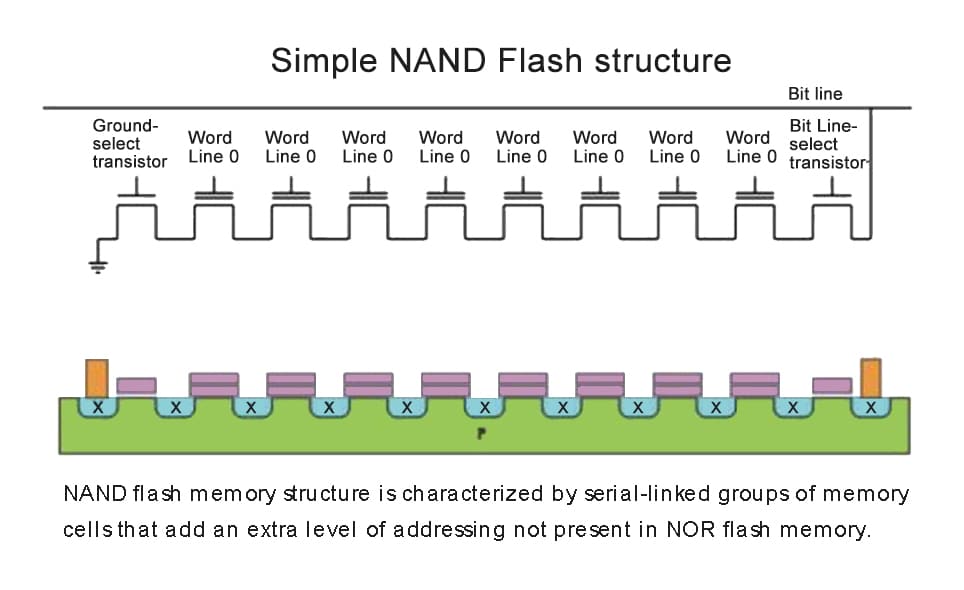
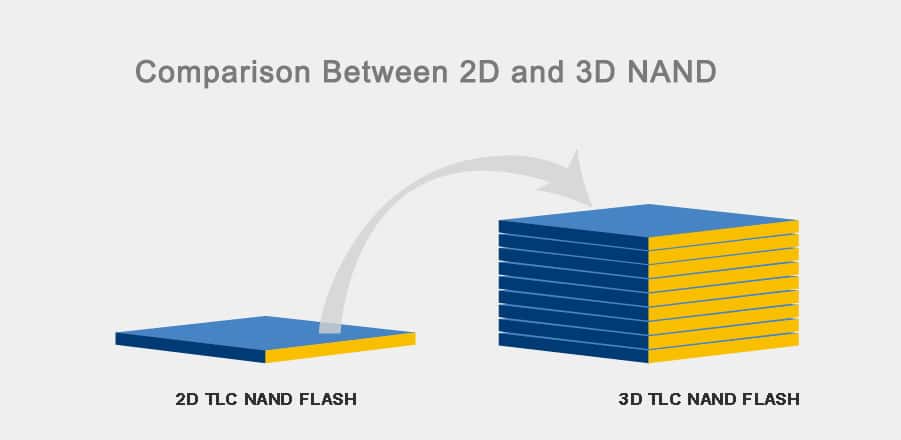
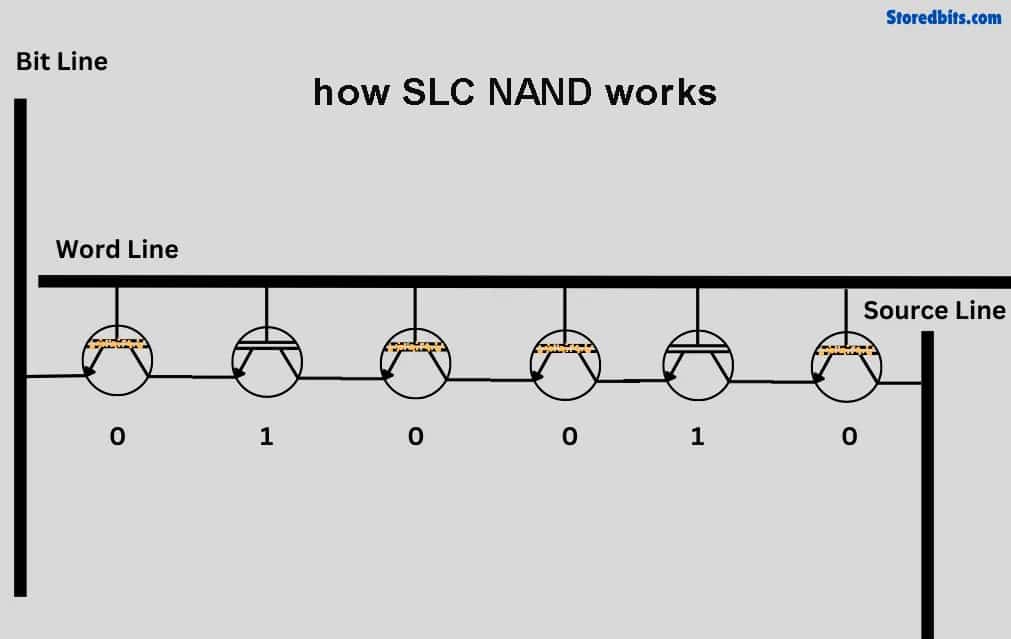
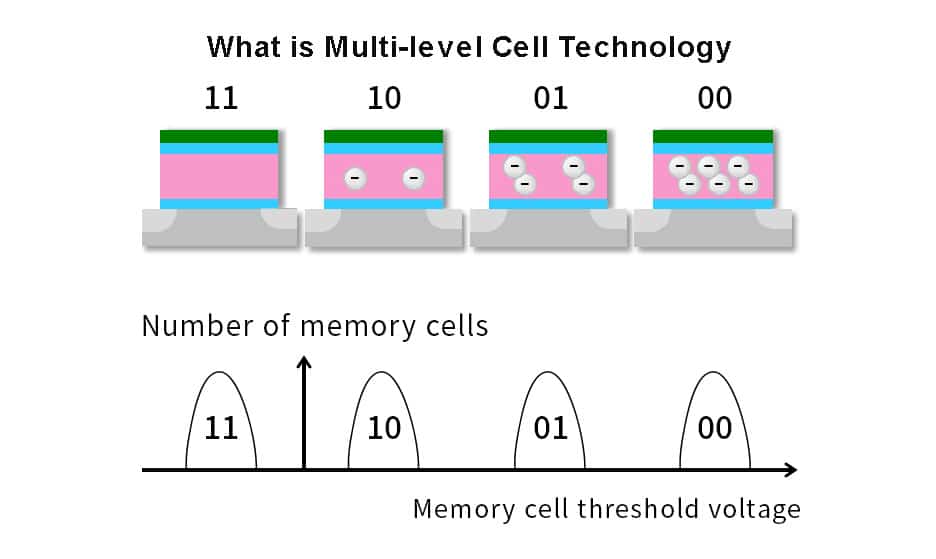
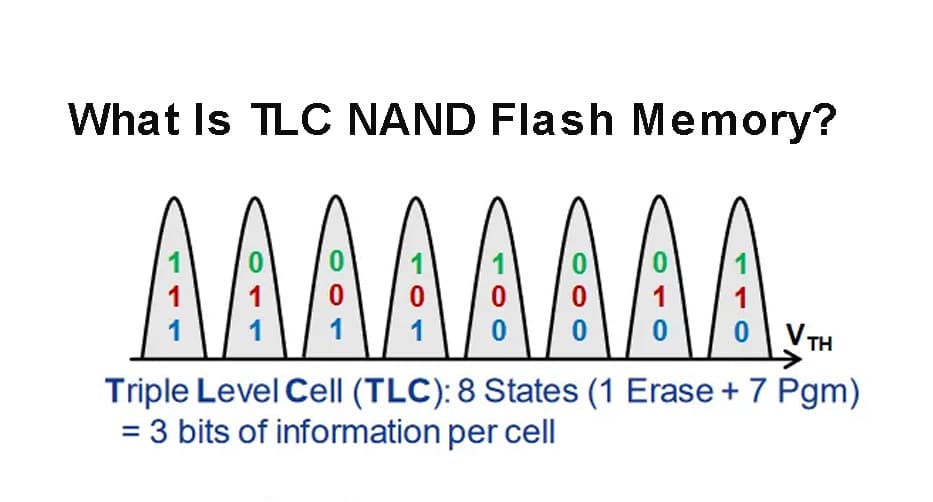
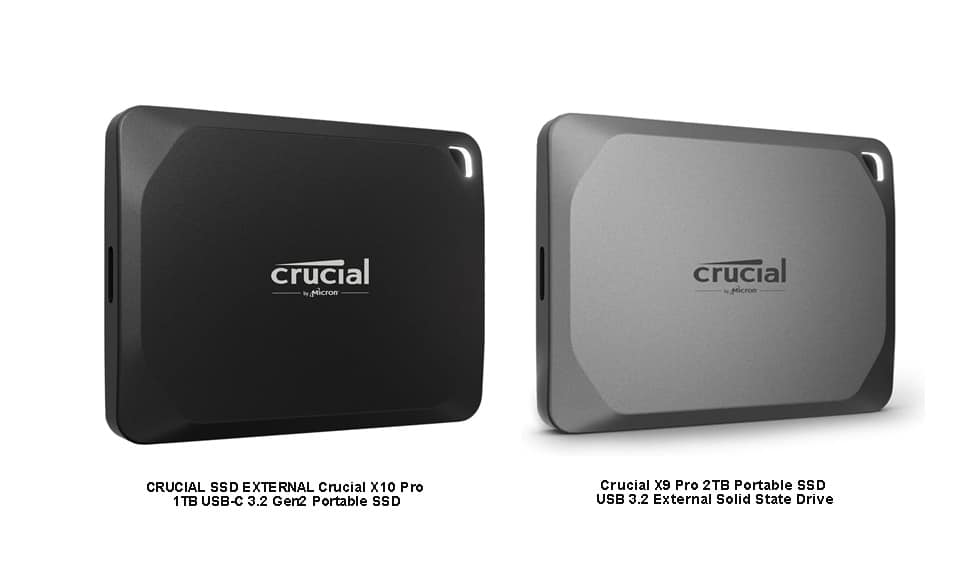
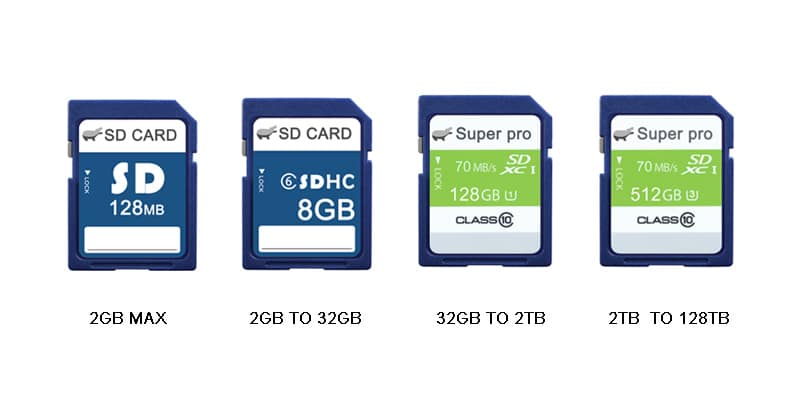
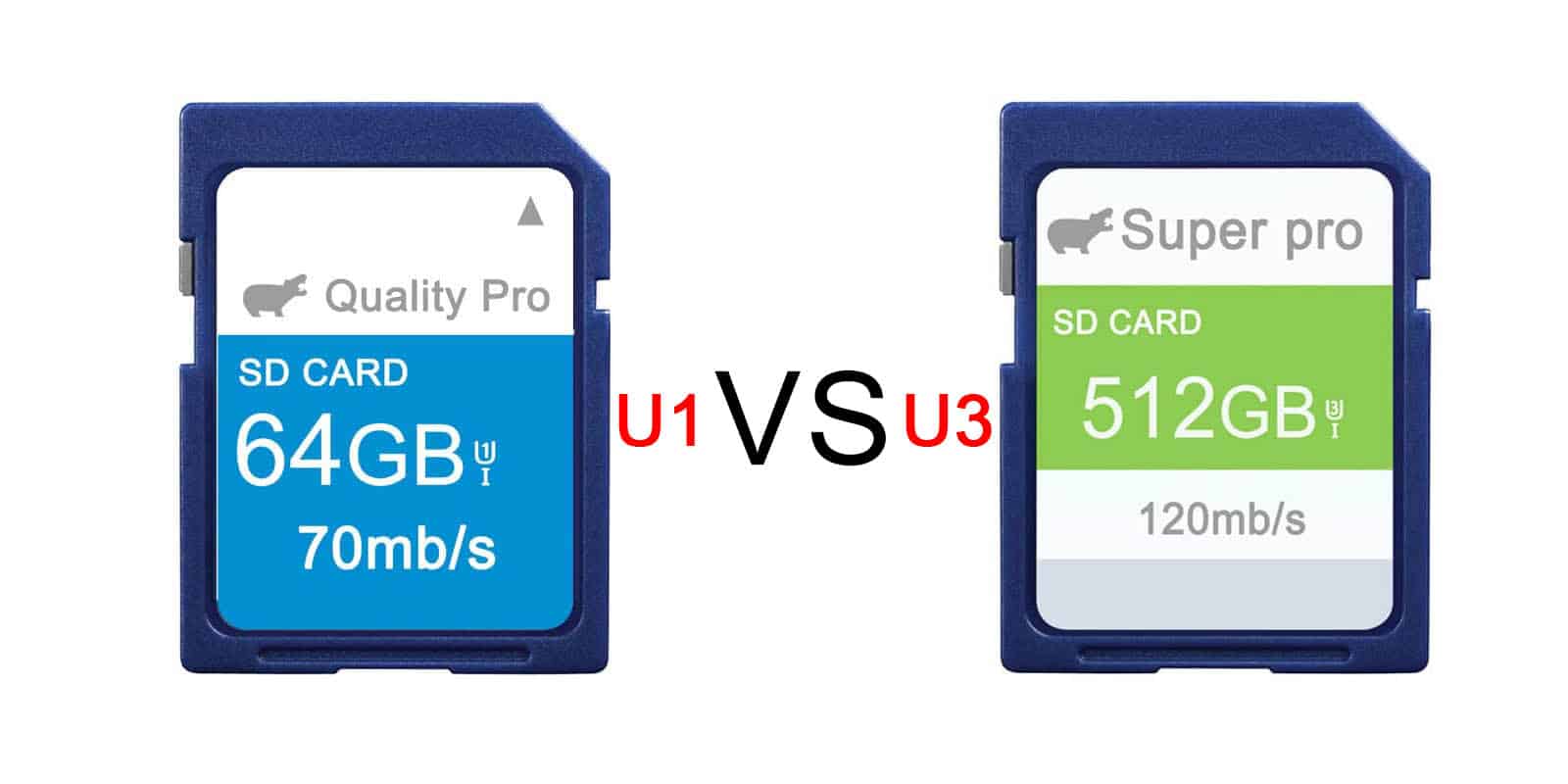
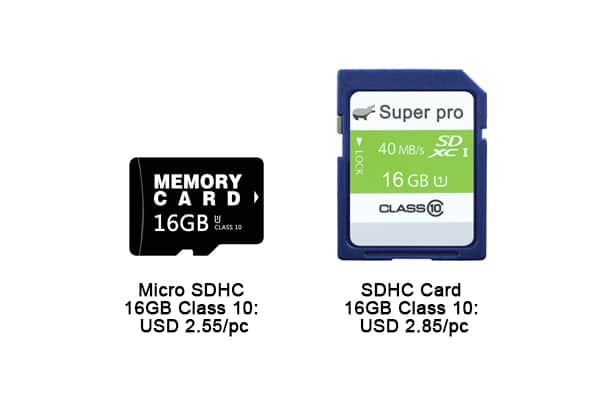
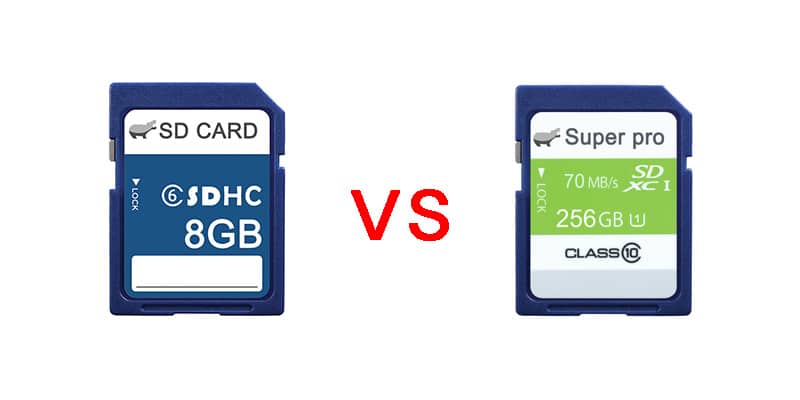
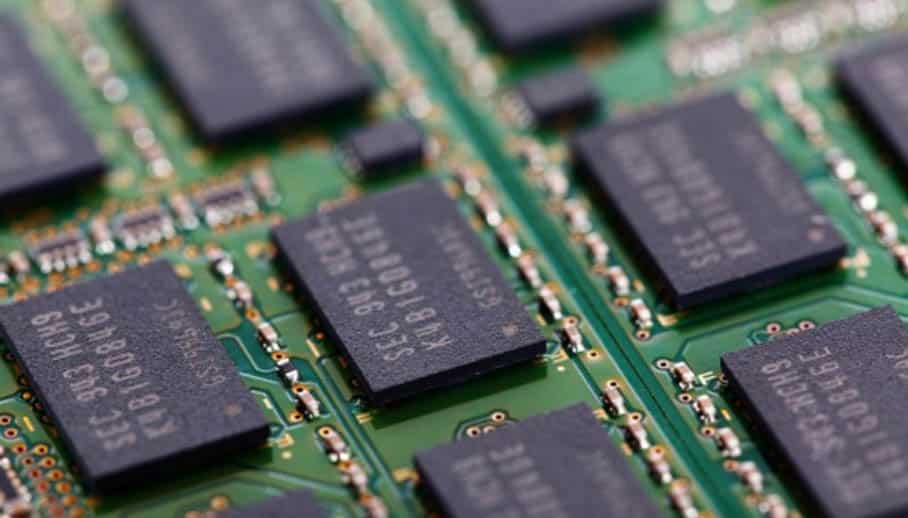
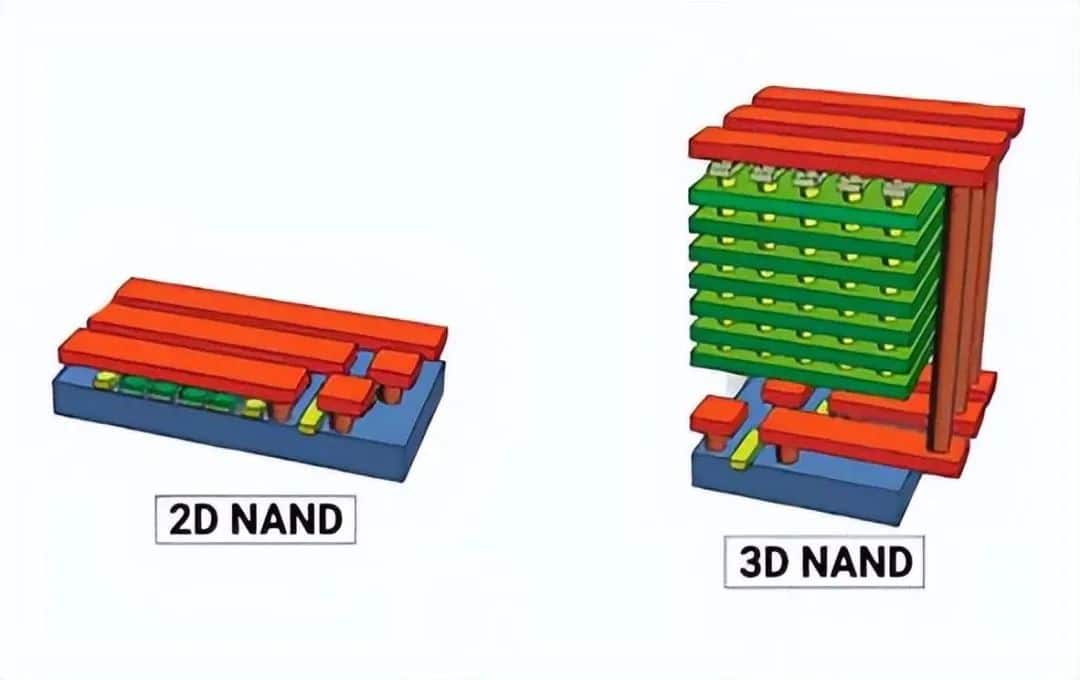
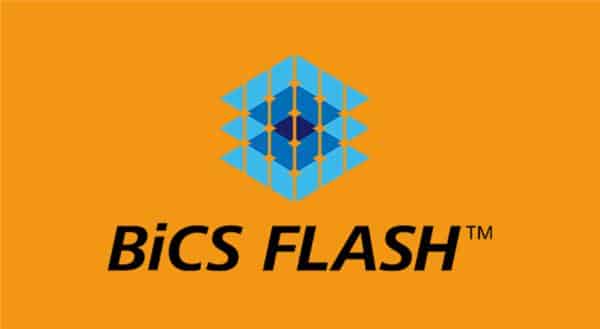


Leave a comment